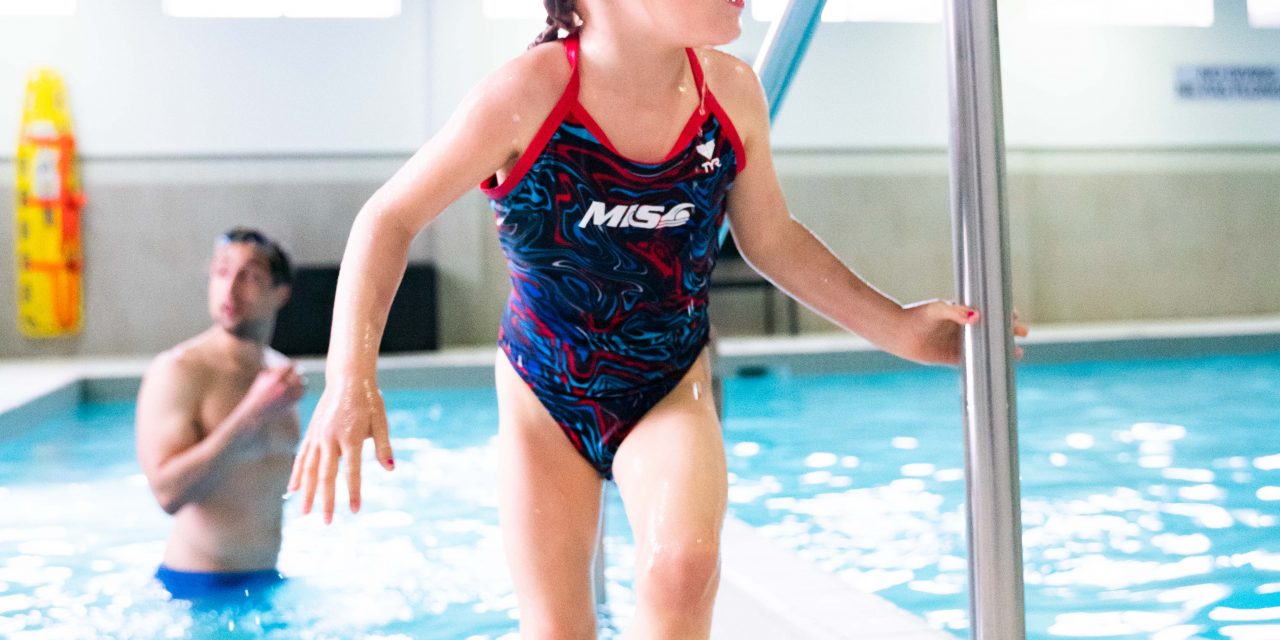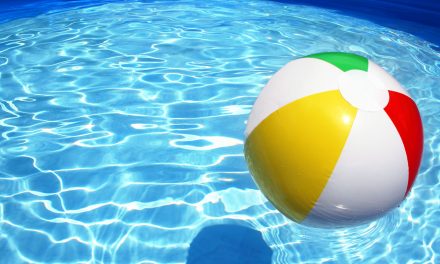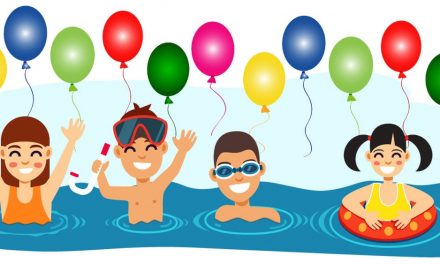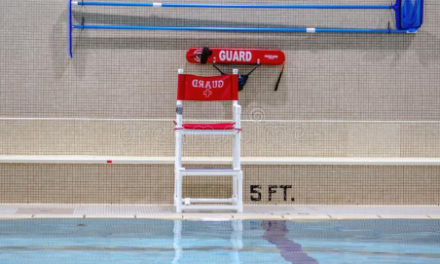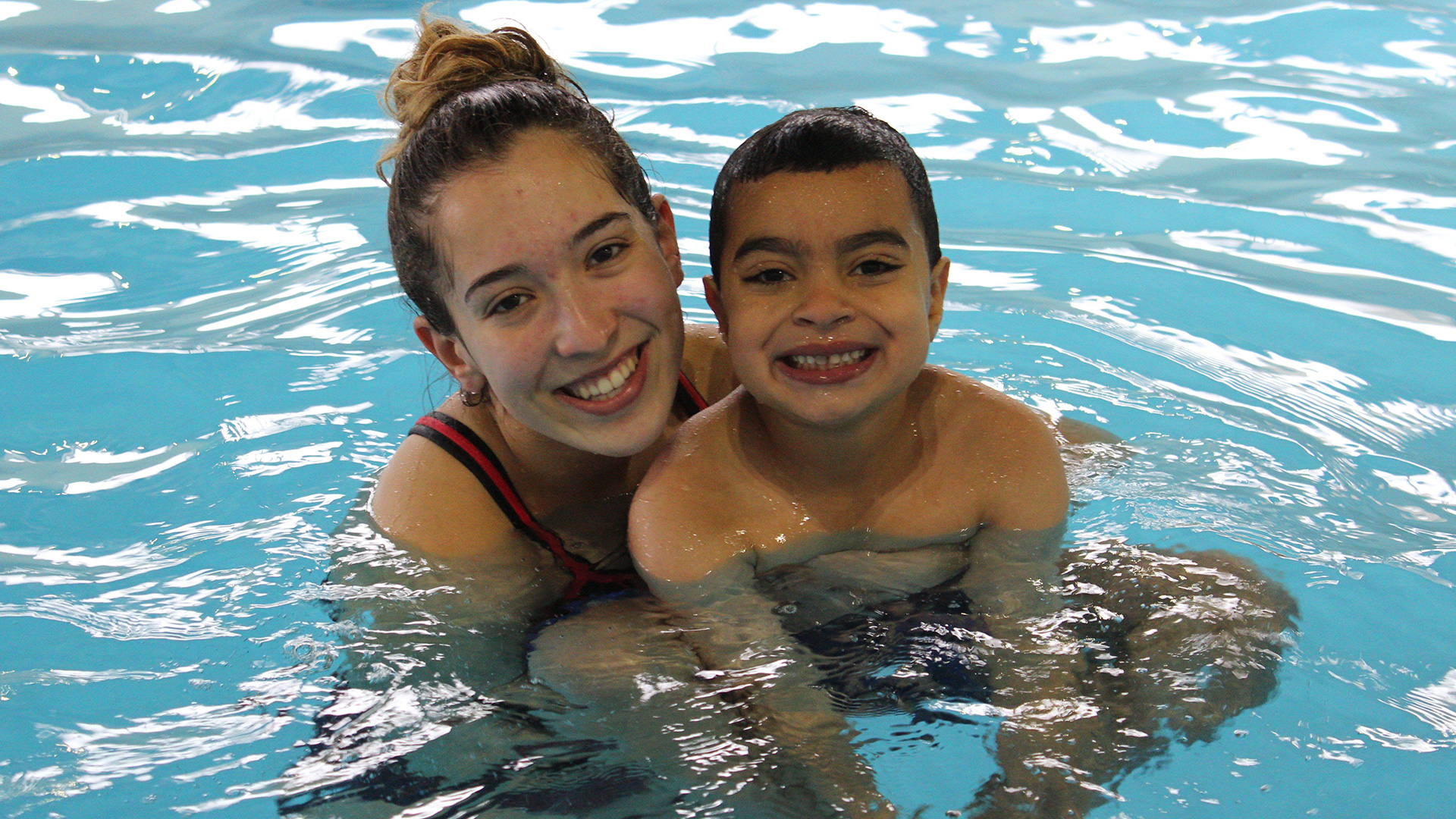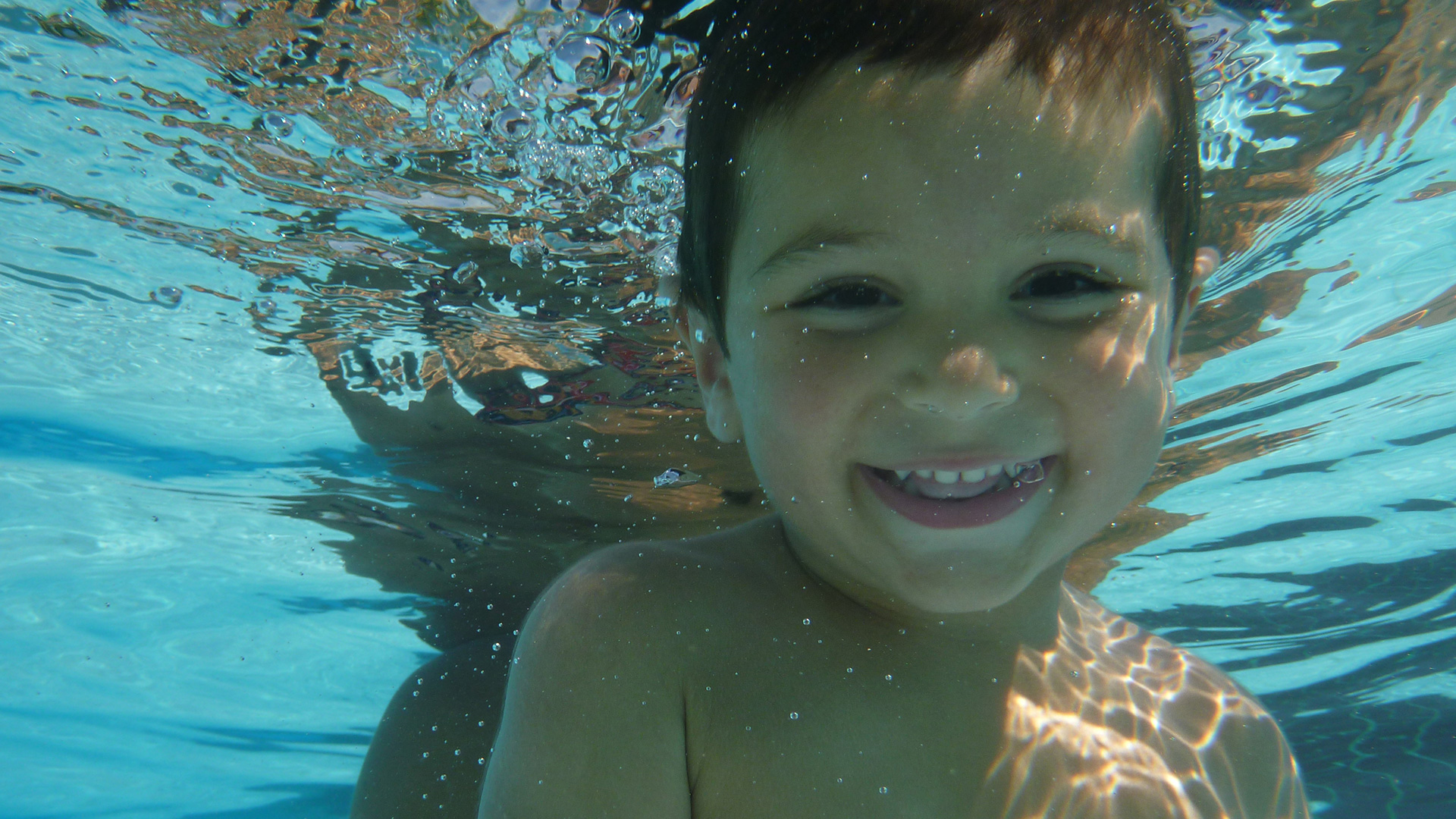Like most other sectors, the aquatic industry in Quebec has had an uncertain and tumultuous journey since the pandemic started. The industry has been shut down twice, subject to numerous handcuffing restrictions, swimmers essentially shut out of pools, as the industry stagnates while waiting for normalcy to resume.
There have been slivers of good news sprinkled here and there, like the recent successful petitioning of the government to lift restrictions on private 1on1 swim lessons, and the recent statistics validating that the swimming restart has gone safely.
So where do we stand today? This article aims to address some key swimming questions, targeting the average parents with kids, to the elite athletes, to pool operators. Disclaimer: this article is relevant as of November 8, but things can and will likely continue to change quickly, so be wary that the news and statistics presented here today might be different tomorrow.
Are swimming pools even open?
Yes. Pools are permitted to be open for free swim, even in Quebec’s Red Zones. Keep in mind while some pools have still chosen to not open, the majority are indeed open and operating within the guidelines of health authorities. Families and swimmers will generally have to reserve their free swim time, and will be allocated a designated amount of time and space in the pool.
Are swimming lessons running?
Yes. However only private 1on1 lessons are permitted in Quebec, where 1 instructor can teach 1 or more members of the same family (bubble) only. Semi-private and group classes are prohibited under the current red zone restrictions. Remember that private swim lessons in Quebec are still operating under strict safety protocols, including non-contact requirements to maintain physical distancing.
What about other water sports and activities (aqua fitness, swim team, water polo, artistic swimming etc)
No. Aside from private swimming lessons and free swim, all other organized water sports and activities are prohibited within Quebec’s Red Zones. These are permitted in Orange, Yellow and Green zones, however still at the discretion of the host club. It is worth noting that first aid, water safety and lifeguarding courses are permitted to be offered in Red Zones.
Is it safe to swim during covid?
Yes. Since the start of the pandemic, aquatic services have been operating (when not on a mandated shutdown). With pools open for free swim and over 10,000 swim classes taught there has not been a single documented case or outbreak linked to transmission in the pool. Keep in mind that going swimming is subject to strict health & safety protocols, like mask wearing while indoors, distancing, avoiding common areas like bathrooms, showers and changing rooms. But the protocols are all fairly easy to accommodate, and thus far they have succeeded in keeping swimmers safe.
What are the competitive swimming athletes doing?
They are keeping busy and training hard. Since pools have been able to remain open, athletes are still training hard, albeit on their own. Most, especially the elite, are training virtually with their coaches and then taking their practices to the pool for individual work. Many have adapted their training for the covid world, embracing new techniques and cross-training programs that can be easily adapted in the home or outdoors.
What was the drowning situation this past summer?
Very bad. There have been 88 drownings so far this year, compared to 56 at this time last year, an increase of 57%. Most have been related to people swimming without a lifejacket, often alone, in unsupervised places. That being said, residential pool drownings also saw a significant increase, as did drownings among children.
The government has fortunately acknowledged this threat and committed to investing $2.5M over the next 3 years in drowning-prevention initiatives, and the aforementioned lifting of restrictions for private swim clubs.
How is the aquatic industry doing?
It’s been a challenge. This past summer, while approximately 76% of Quebec outdoor pools did open, they did so at about 25% capacity. When aquatic programs did resume, sign ups were down close to 70% initially, and very hovering around 50% at the time of the second shutdown (October 8).
Staffing is a huge challenge and a significant threat. While the lack of work and reduced hours may have masked the pre-pandemic lifeguard shortage, the underlying situation is that the industry is grossly understaffed. As pools gradually return to normal operating capacity, expect pool operators to struggle to find employees. This is likely contributing factor to the fact that water safety and lifeguard courses have been permitted to remain open to keep the prospect pipeline replenished.
Most organizations have adapted fairly quickly, even changing their offerings and services. However, this does not change the stark reality that the private swim companies, like many other businesses worldwide, are struggling to keep their head above water. We are already starting to see the effects, as some of the most renowned swim clubs in the country have already permanently closed their doors.
Looking ahead
The light is growing at the end of the tunnel. Health authorities are recognizing the growing need for sports and activities to maintain mental and physical health, and are implementing safety guidelines accordingly. With the covid situation stabilizing, there is hope that most aquatic sports and activities will resume in the near future.


